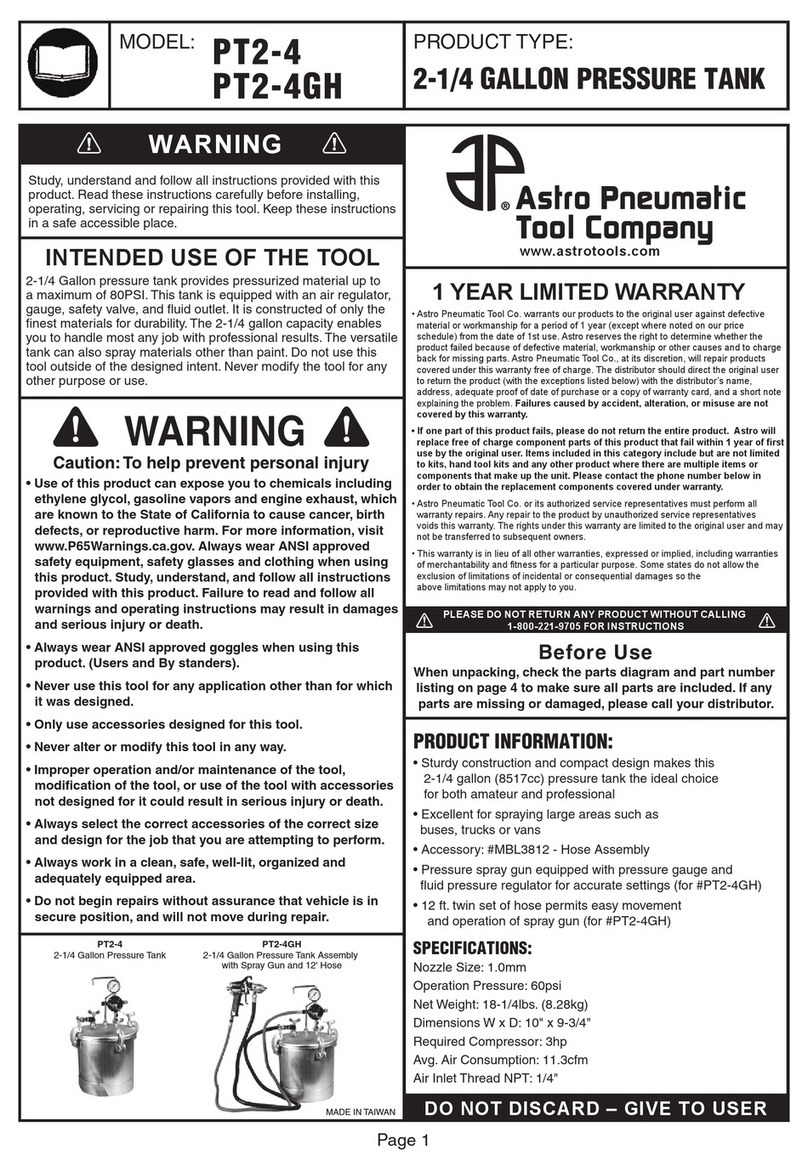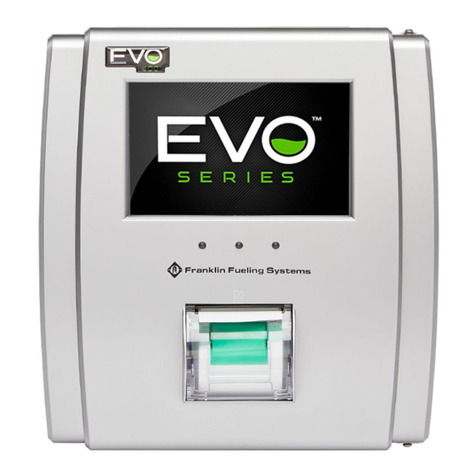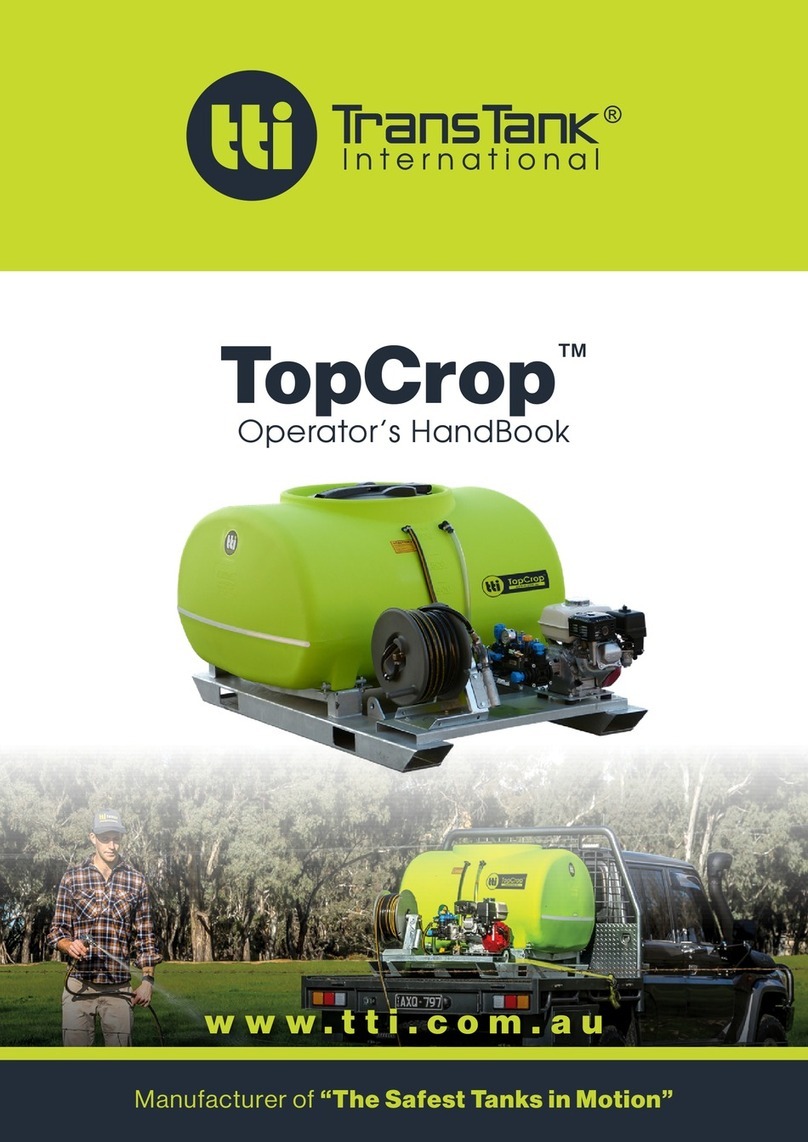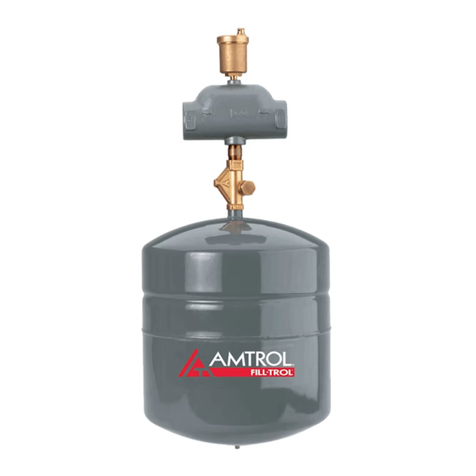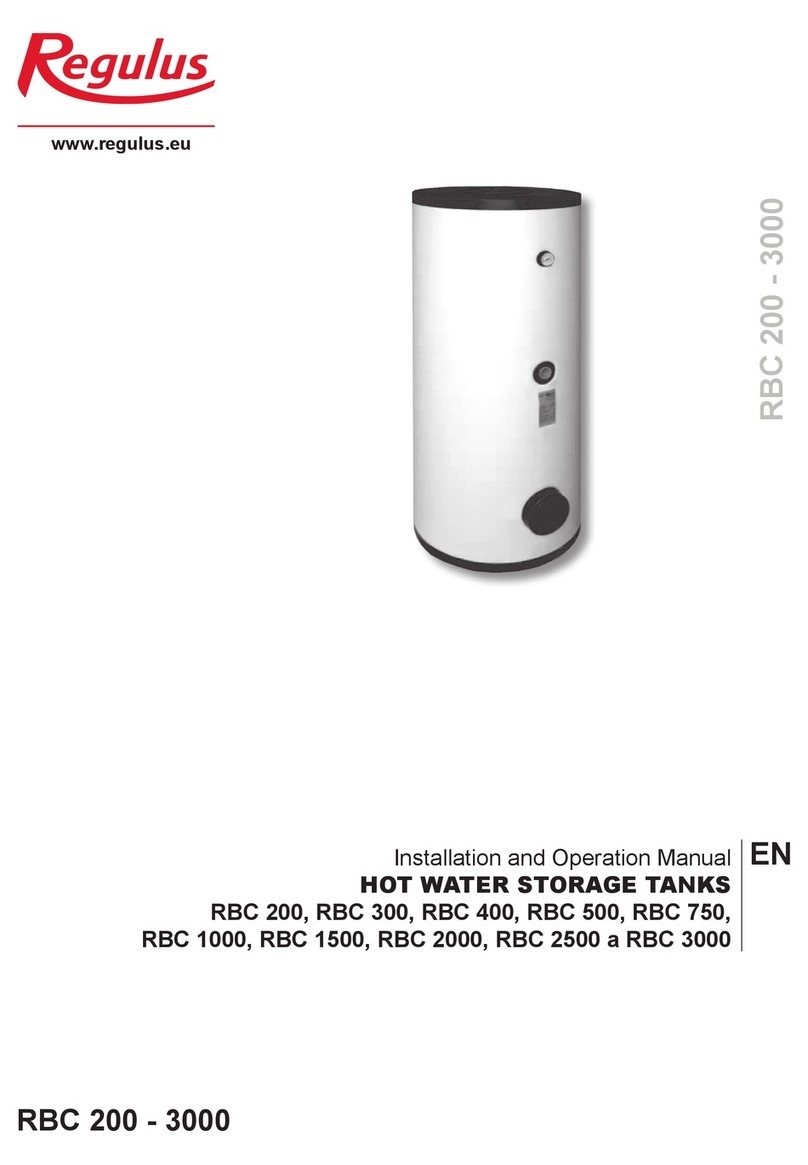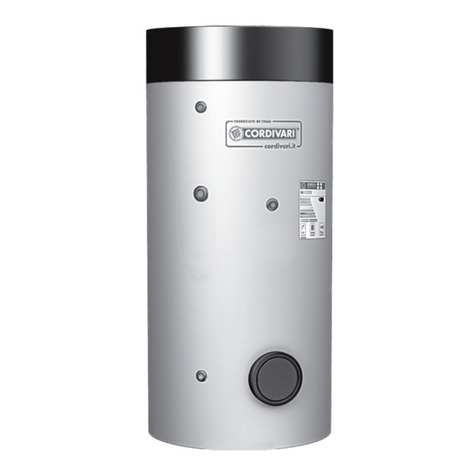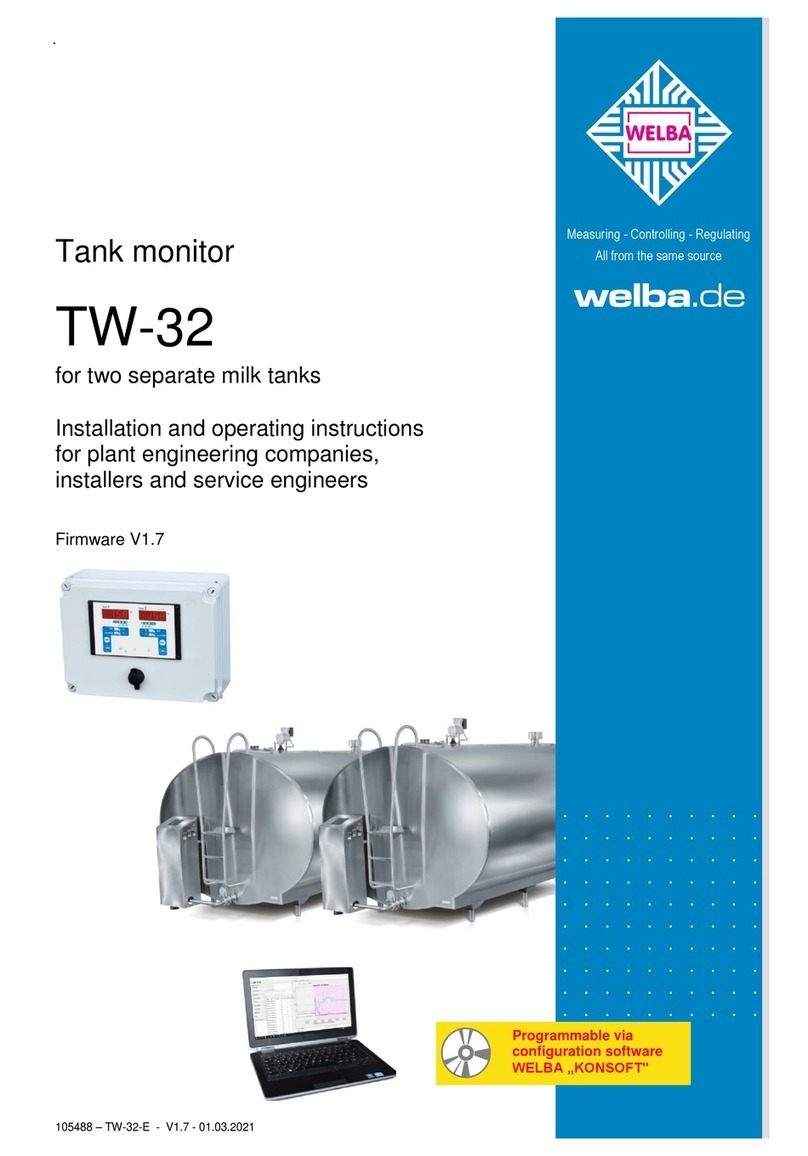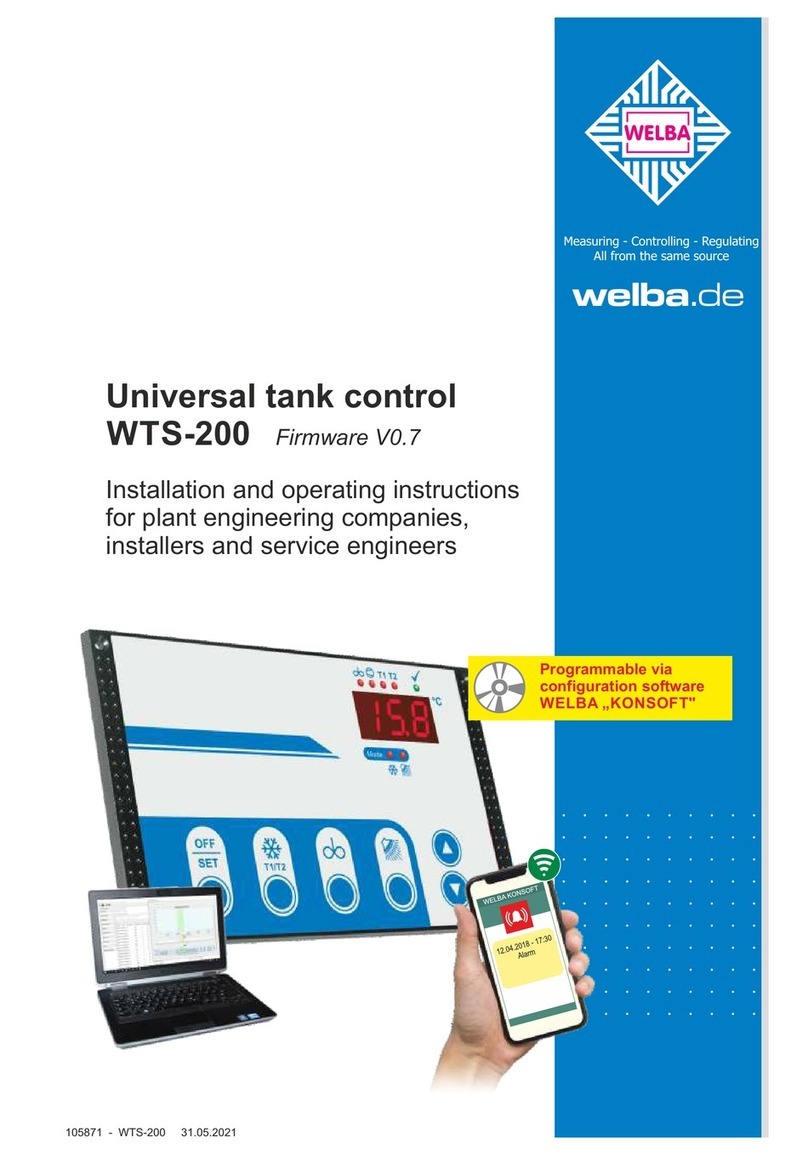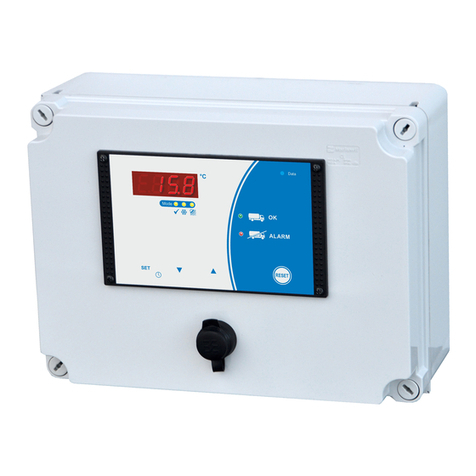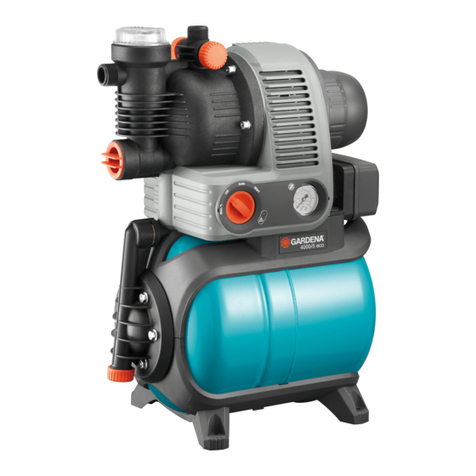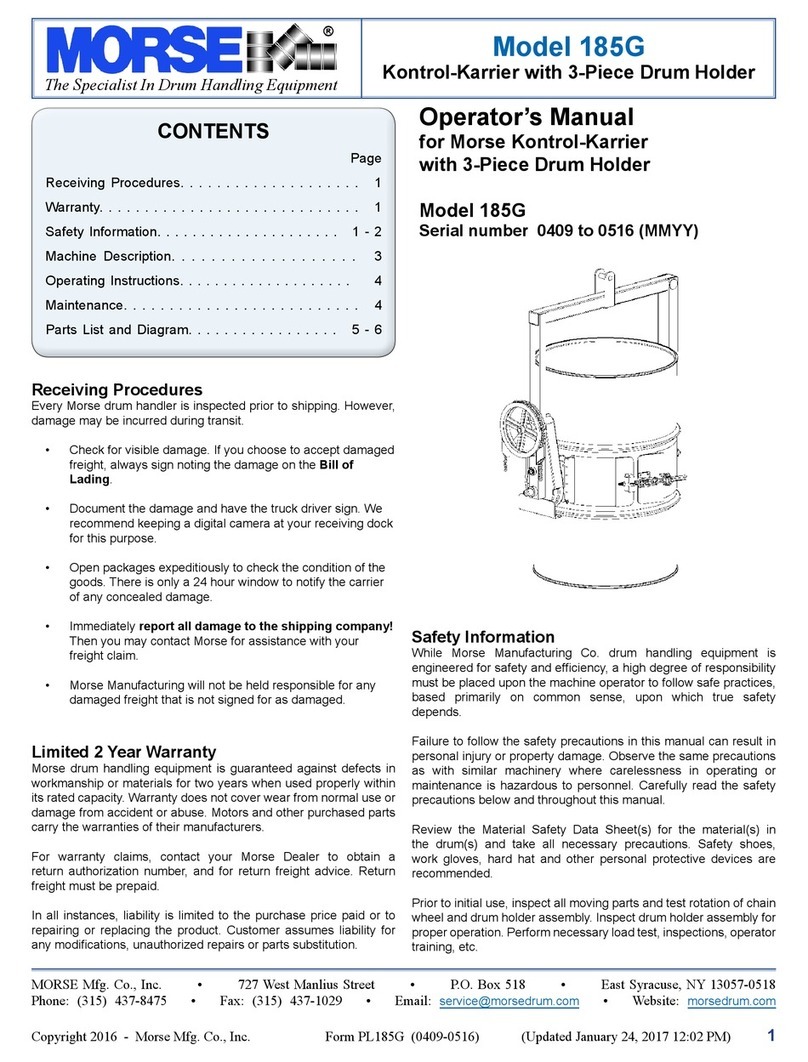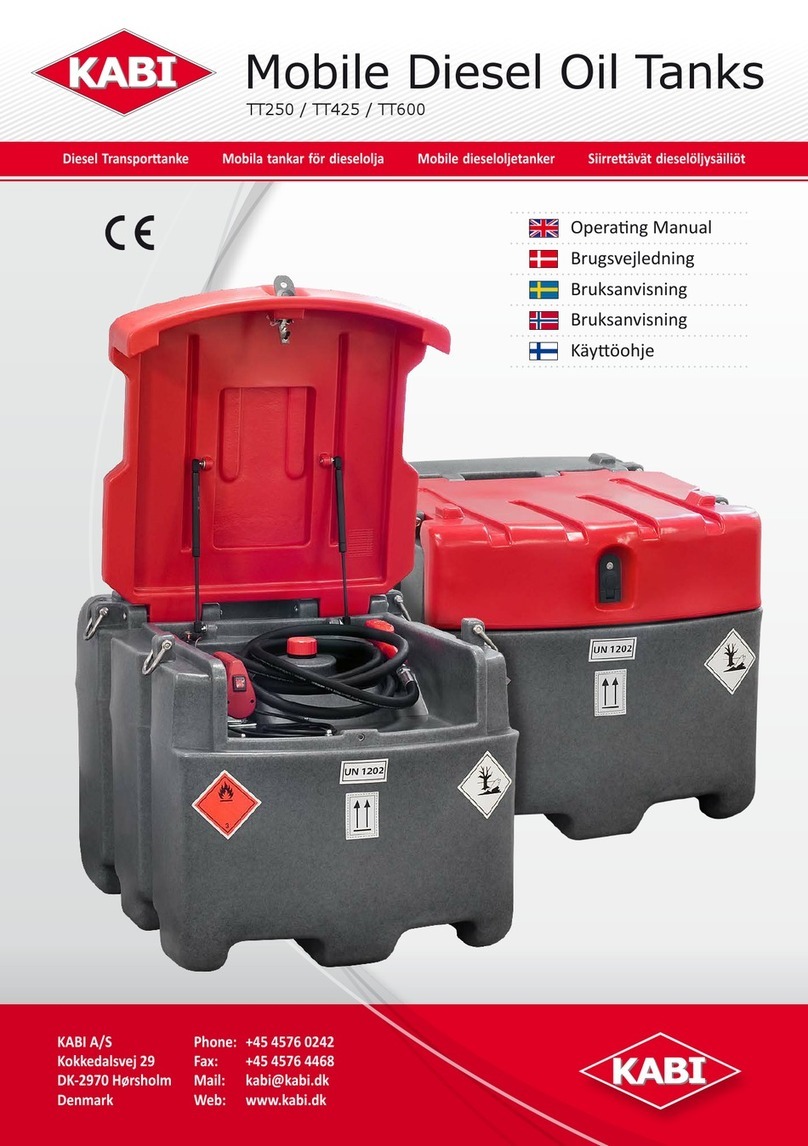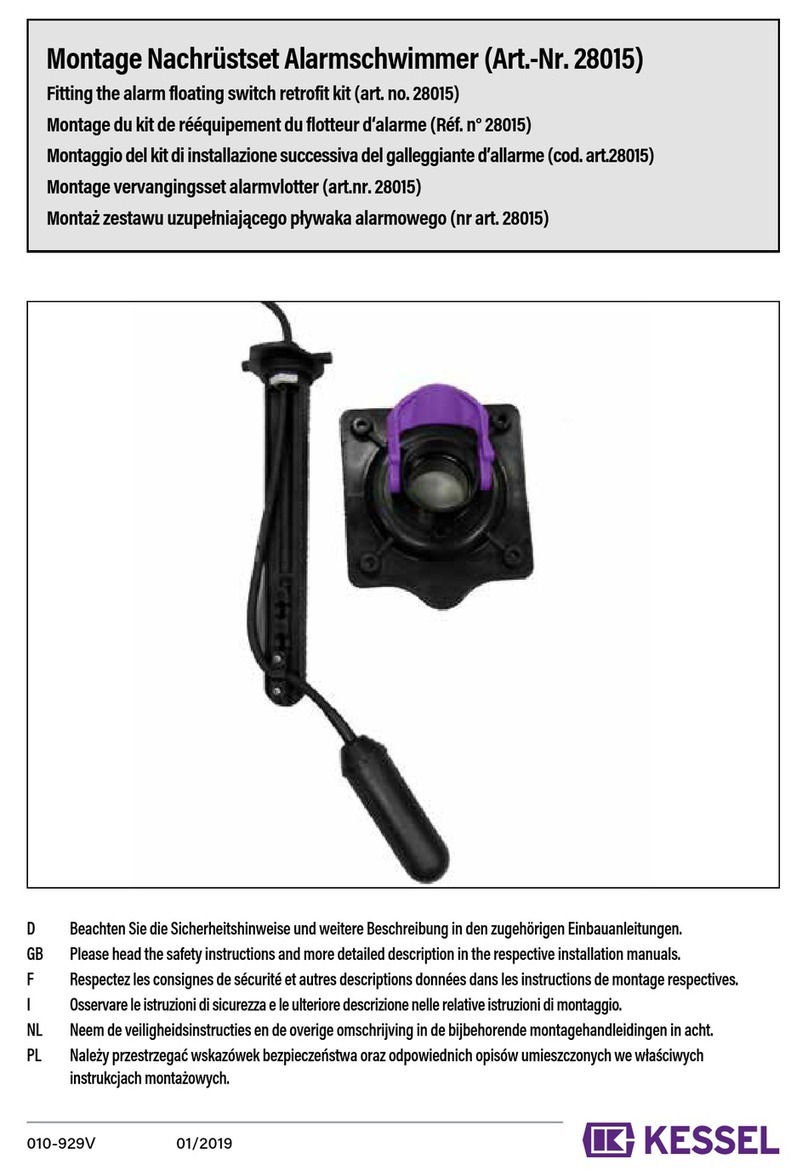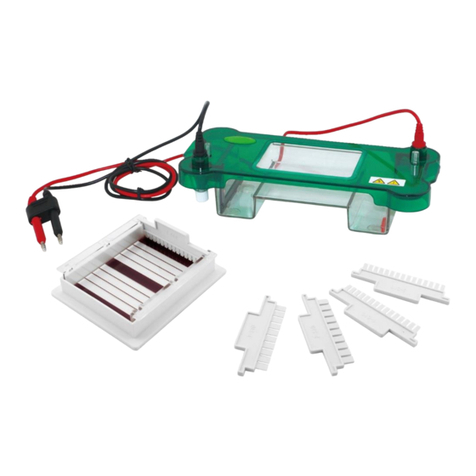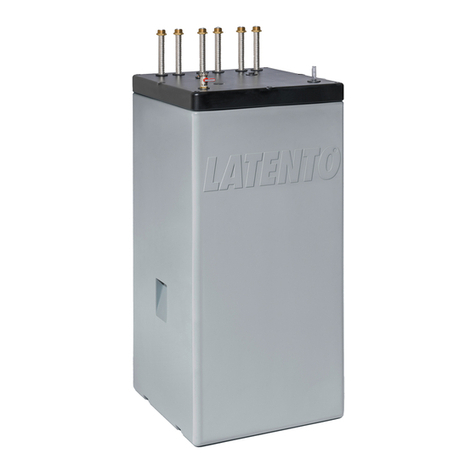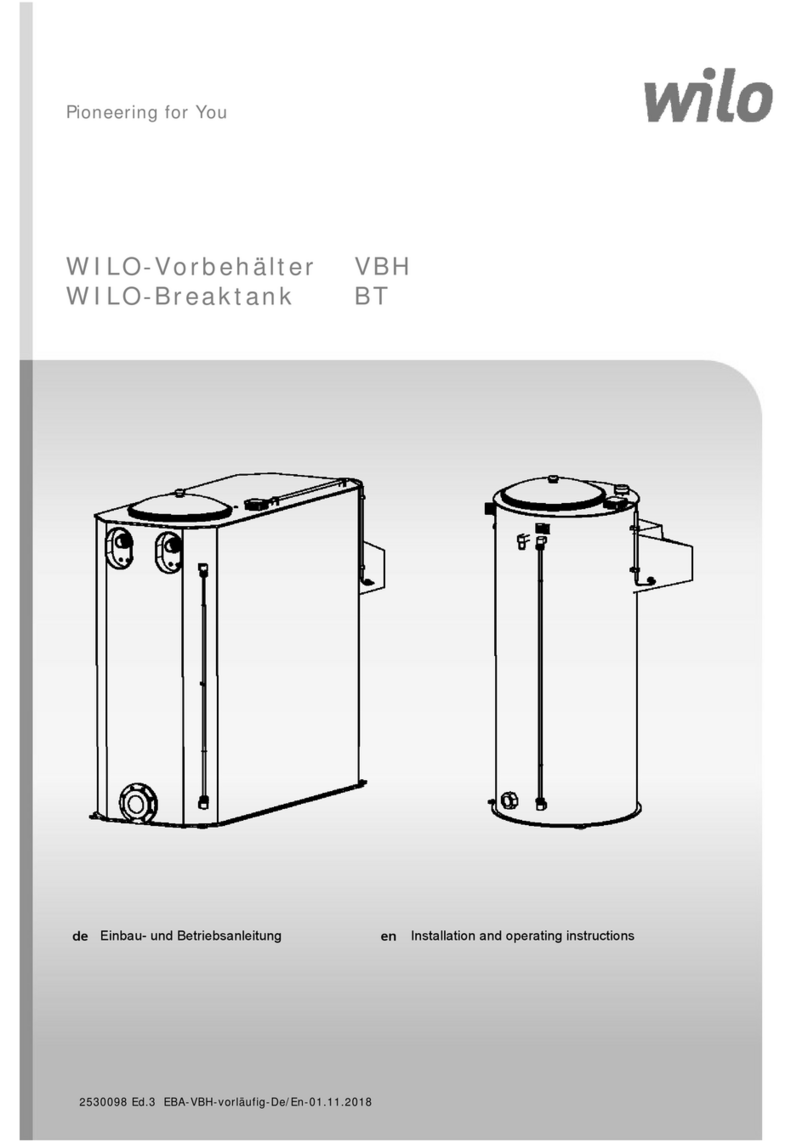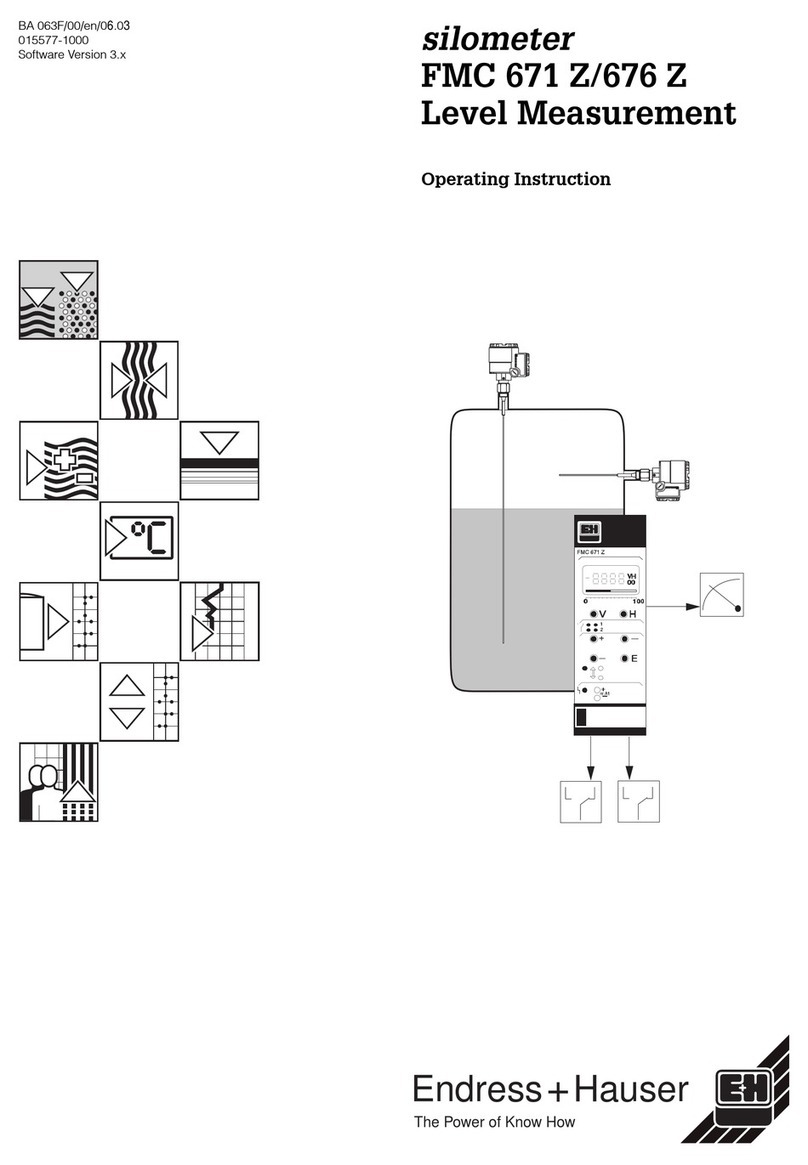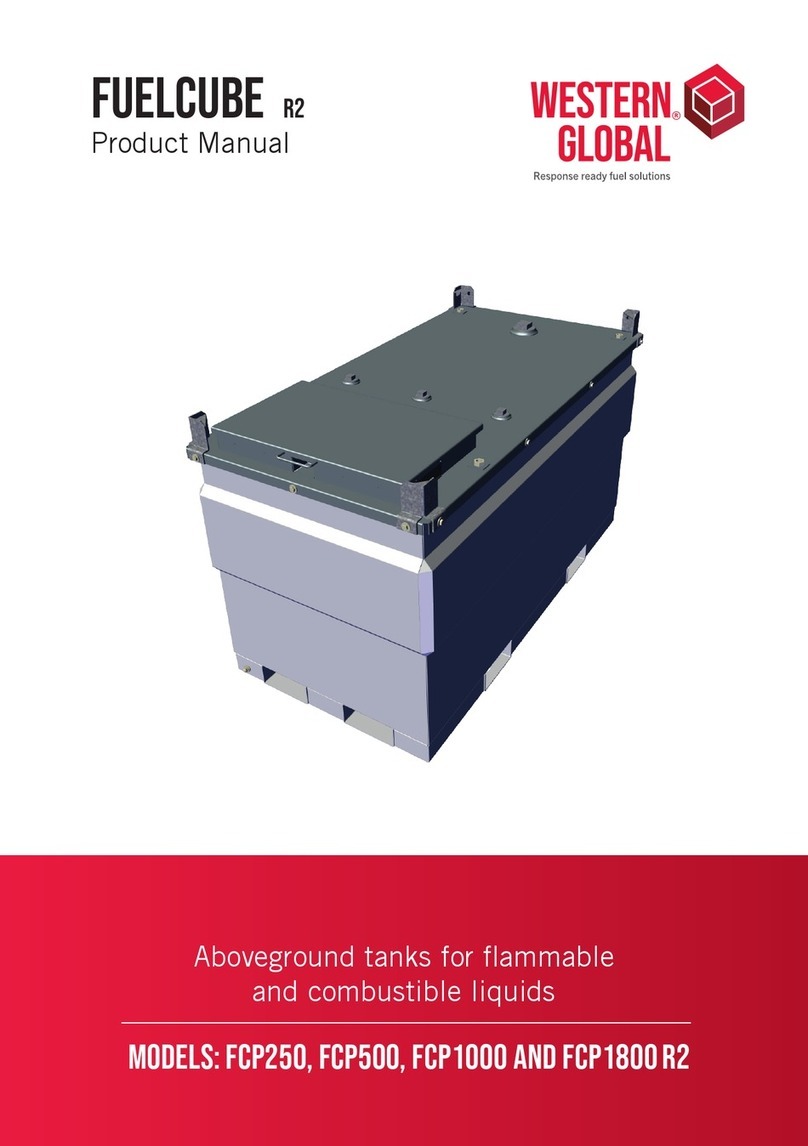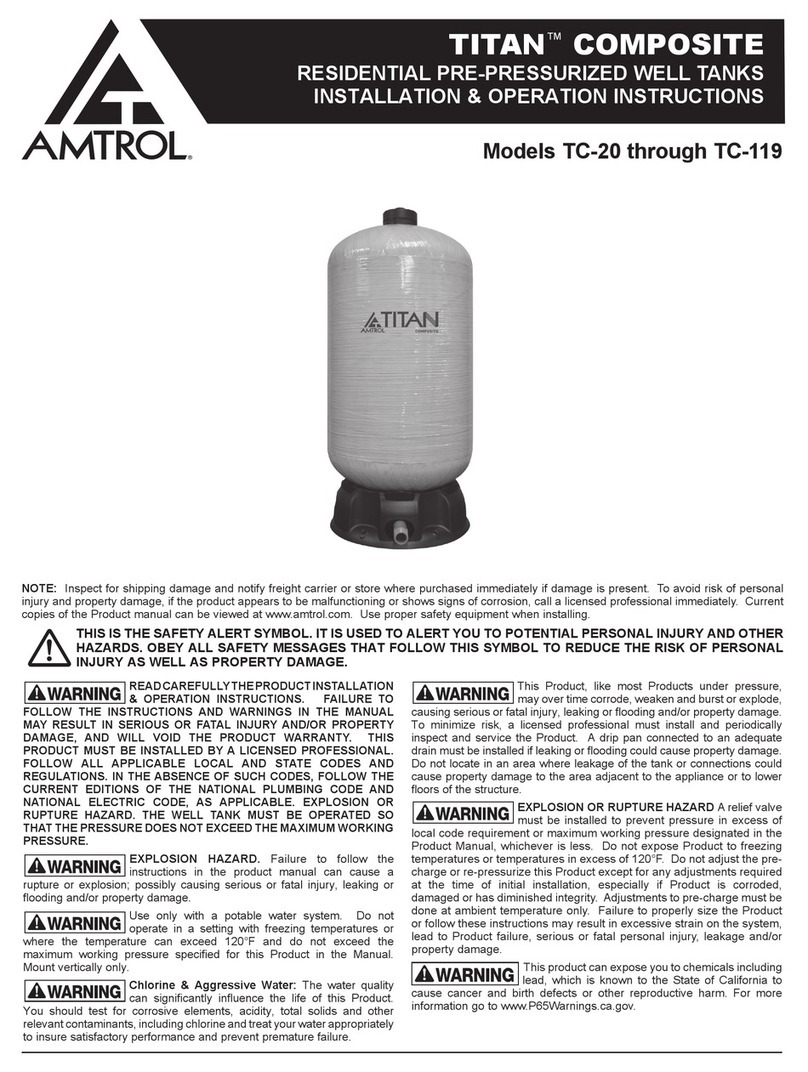
1. Introduction
105466 –TW-31-E - V1.9 - 06.04.2021 Page 3
6. Operation and fault handling....................................................................................................................30
6.1 Description of tank monitor operation.............................................................................................30
6.2 Milk removal YES or NO.................................................................................................................32
6.3 Handling multiple faults...................................................................................................................35
6.4 Display fault memory......................................................................................................................35
6.5 Listing fault memory and description..............................................................................................36
6.5.1 Critical tank monitor alarms (red).......................................................................................36
6.5.2 Informative tank monitor alarms (green)............................................................................37
6.5.3 System alarms...................................................................................................................38
6.5.4 System alarms external sensors........................................................................................39
6.5.5 Test alarm..........................................................................................................................39
7. Setting of parameters...............................................................................................................................41
7.1 GUIDELINE for the correct parameterization.................................................................................41
7.1.1 Enter customer and tank number ......................................................................................41
7.2 Change and save parameter values...............................................................................................42
7.3 Level “General tank monitor parameters” (h parameters) ..........................................................44
7.4 Level “Extended tank monitor parameters” (H parameters) ..........................................................48
7.5 Level “Alarm - Event assignment” (F parameters) ..........................................................50
7.6 Level “Hardware configuration” (A- parameters).........................................................52
7.7 Level “Sensor adjustment“ (C- parameters).........................................................56
7.8 Level “Service parameters” (E- parameters).........................................................57
7.9 Ebene “I / O test parameters” (o- parameters).........................................................58
8. Other informations ...................................................................................................................................60
8.1 Detection of mode “cooling” - parameter [h1].................................................................................60
8.2 Safety function: “First milk in the tank” [h2] ....................................................................................60
8.3 Detection of mode “Cleaning” - parameter [h4]..............................................................................61
8.4 Definition of term “milk temperature too high for too long” .............................................................62
8.5 Definition of term “cooling time” + target temperature first milking”................................................62
8.6 Activation delay tank monitor [H90]................................................................................................63
8.7 Sensor correction procedure ..........................................................................................................63
8.8 Function second temperature sensor.............................................................................................64
8.9 Setting of the level control ..............................................................................................................64
8.10 Monitoring of detergent dispenser..................................................................................................64
8.11 Function power pack + regular exchange ......................................................................................65
8.12 Monitoring of detergent dispenser..................................................................................................66
8.12.1 Cancellation of the recorded temperatures in the diagram................................................67
8.13 Test functions .................................................................................................................................67
8.13.1 Test alarm F99...................................................................................................................67
8.13.2 Function test "Do-Not-Load LED" and "external alarm light".............................................67
8.14 General measures when using electronic control systems............................................................68
Publisher:
Welba GmbH
Electronic Control Engineering
Gewerbepark Siebenmorgen 6
D-53547 Breitscheid
+49 (0)2638 / 9320-0
+49 (0)2638 / 9320-20
info@welba.de
www.welba.de
